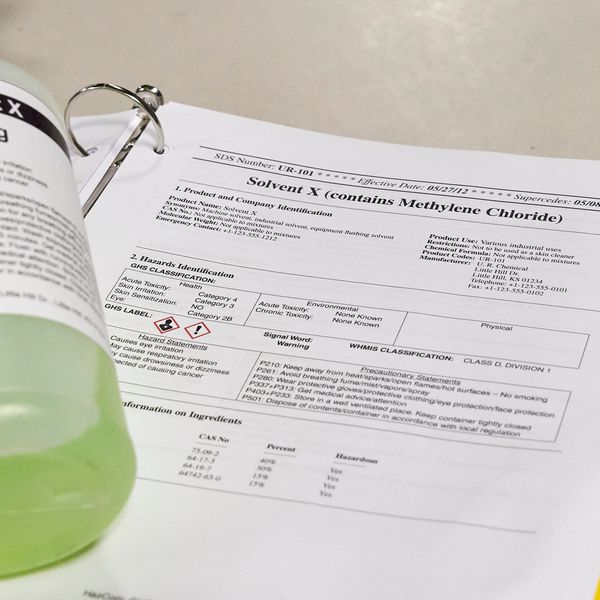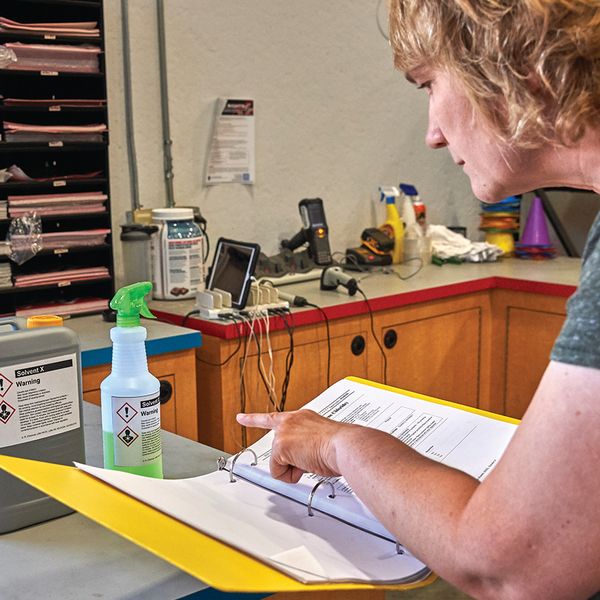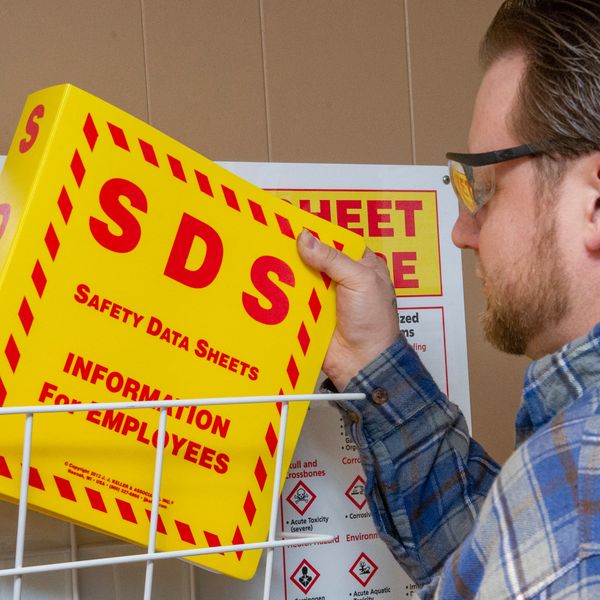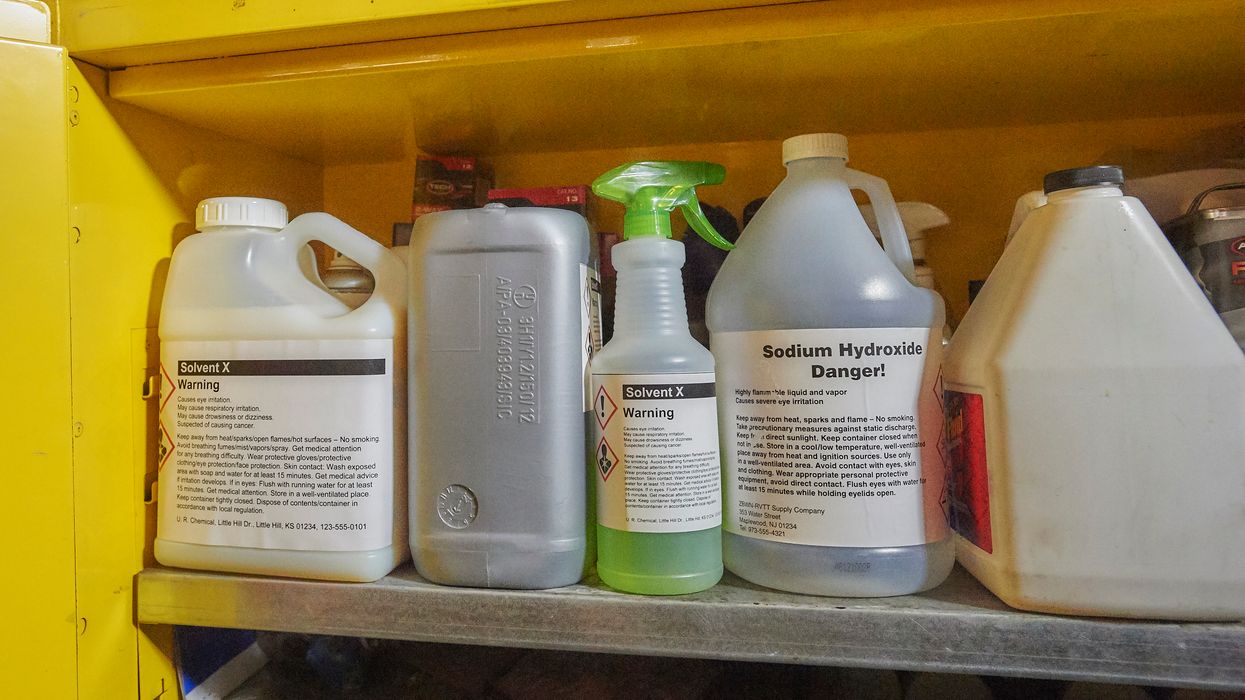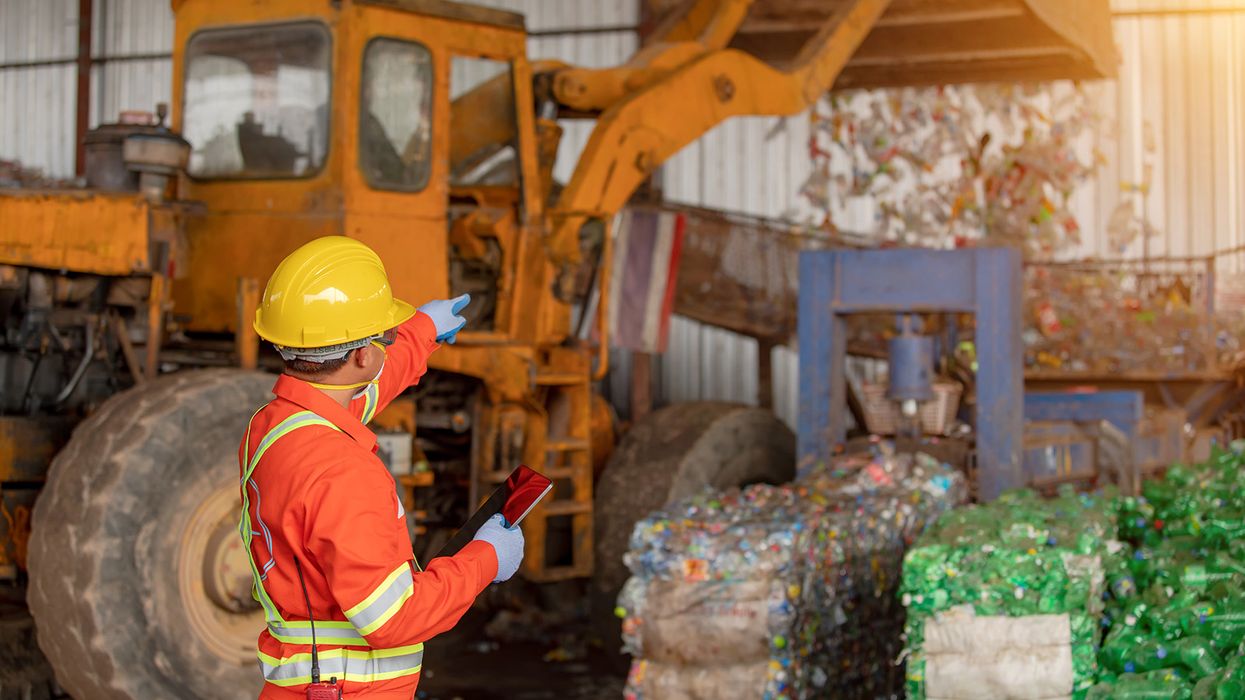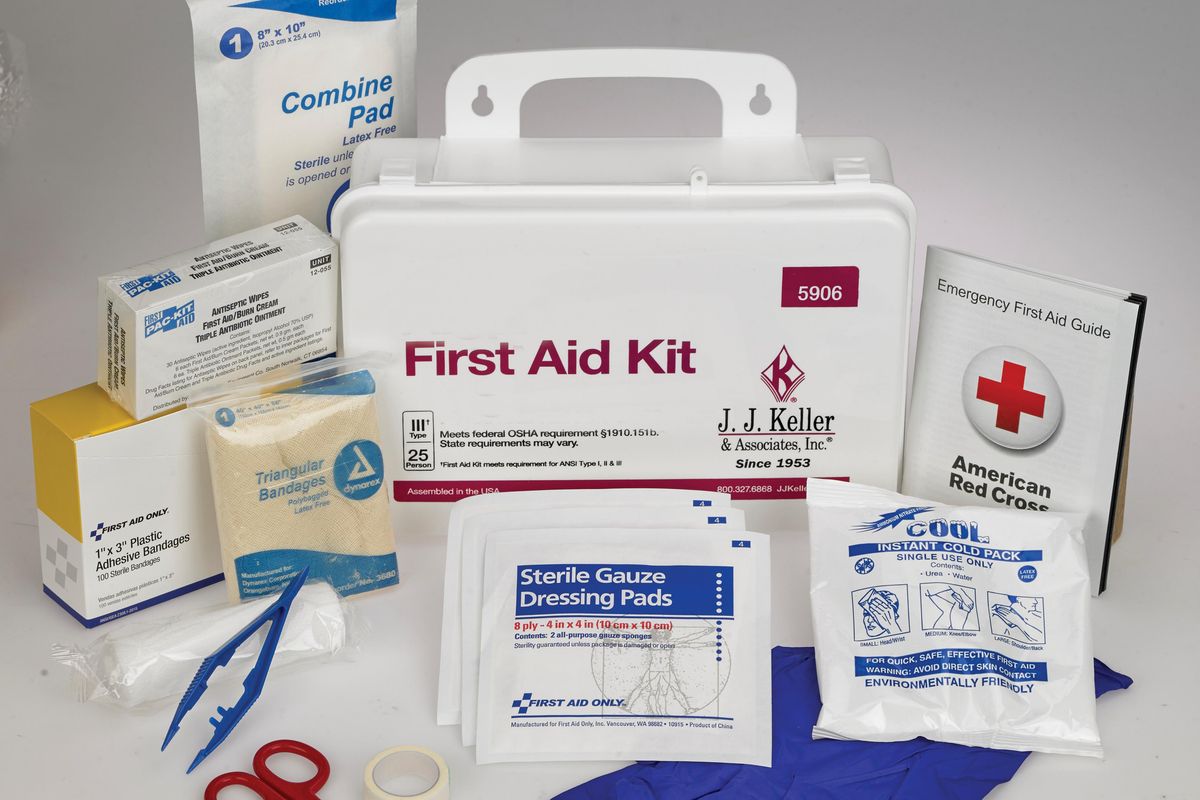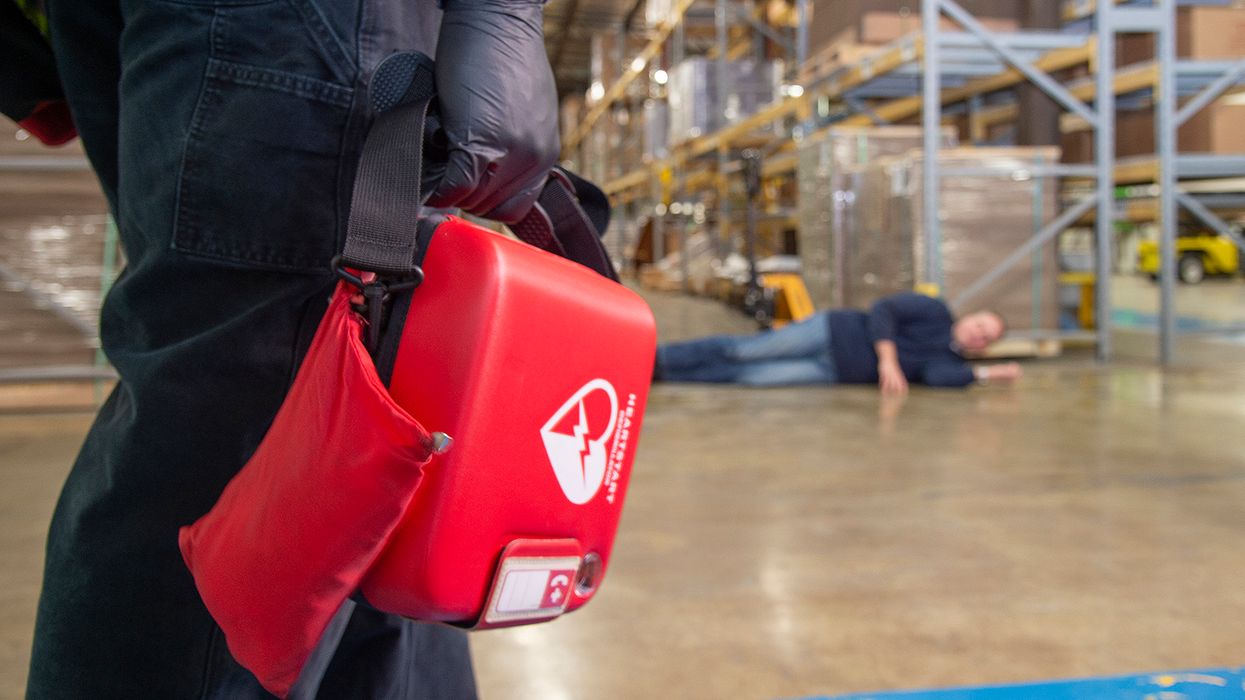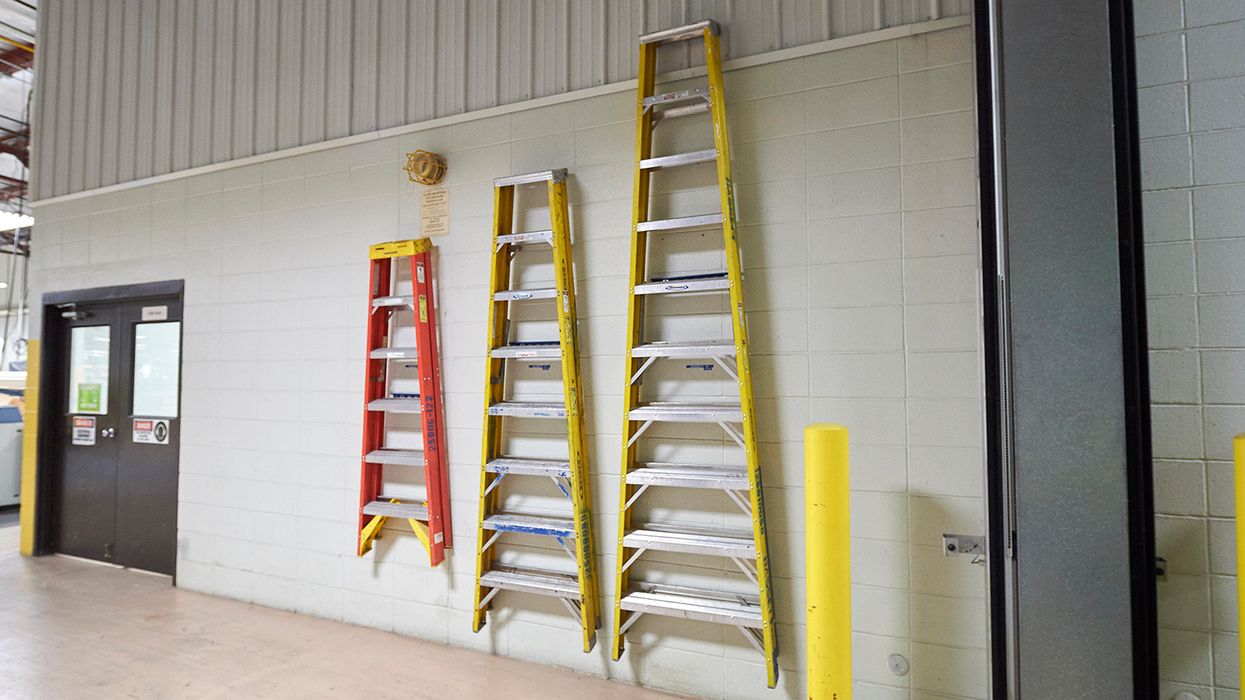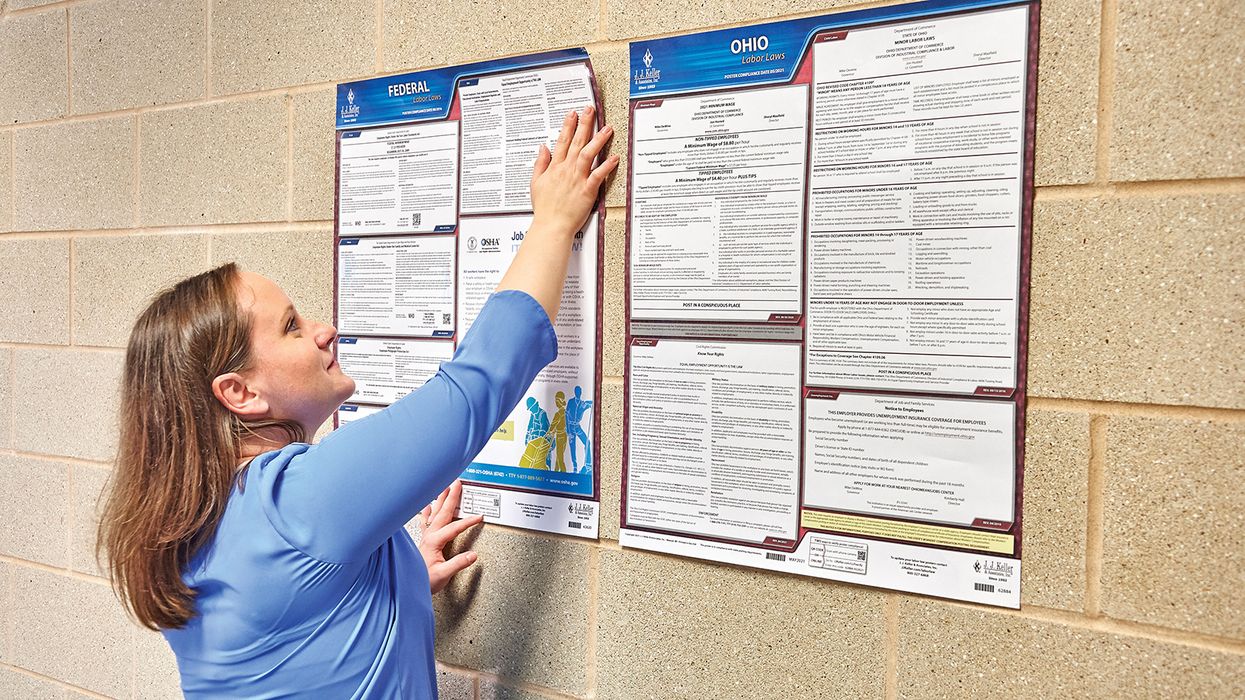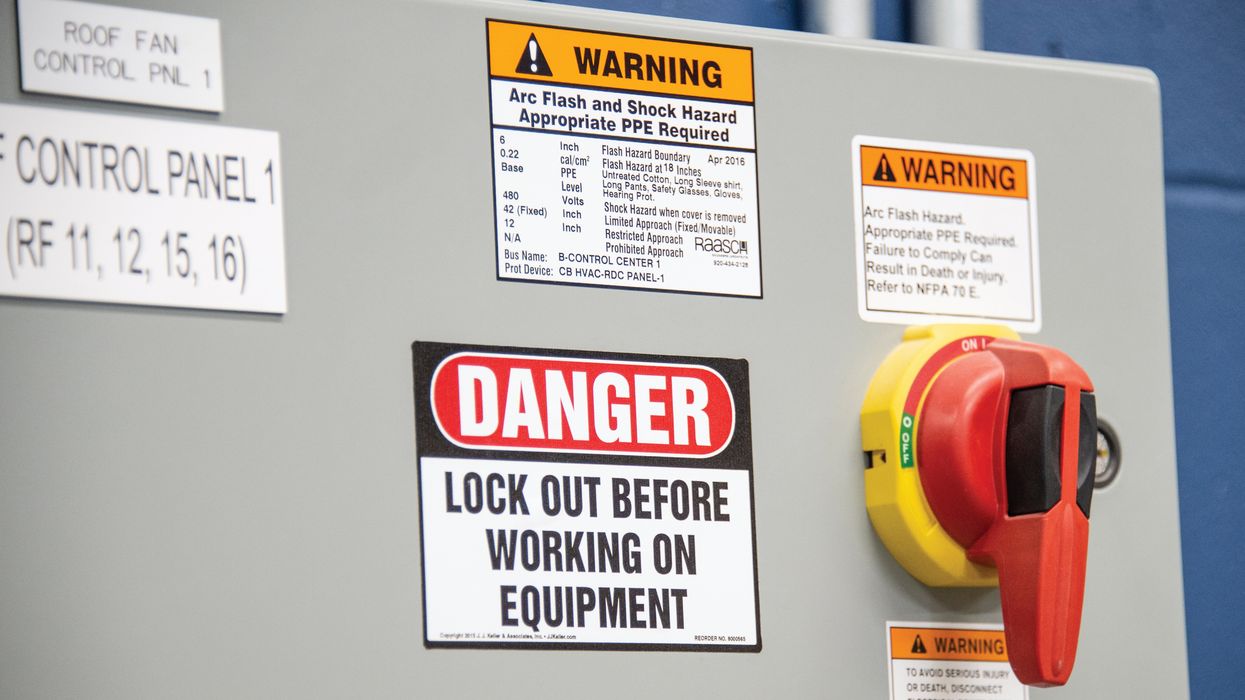Classifying and authoring: Basics of HazCom SDS creation
Does your company manufacture, process, formulate, blend, extract, generate, emit, repackage, or import hazardous chemicals? If so, you have to classify the chemical hazards (unless exempted at 1910.1200(b)(6)) and share that information with downstream users. It’s part of OSHA’s Hazard Communication (HazCom) standard at 29 CFR 1910.1200. Hazard classification provides the basis for the information offered in safety data sheets (SDSs).
Distributors and employers also may choose to conduct hazard classifications if they’re concerned about the adequacy of the hazard information received on SDSs for the chemicals they distribute or use.
Hazard classes and categories
OSHA uses the “hazard class” and “hazard category” approach to break down the hazardous effects of chemicals into levels of severity:
- Hazard class — The nature of the physical or health hazards, e.g., flammable solid, carcinogen, oral acute toxicity. Most hazard classes are further sub-divided into categories of hazard. Each hazard or endpoint, such as explosives or carcinogenicity, is a hazard class.
- Hazard category— The division of criteria within each hazard class that compares hazard severity within a hazard class. The lower the category number, the higher the severity within that class (for example, a Category 1 flammable gas is more flammable than a Category 2). There can be up to five categories.
OSHA also added two “defined hazards” into the HazCom standard to address known hazards with no corresponding classification — simple asphyxiants and combustible dusts.
When a chemical has a hazard that doesn’t meet the specified criteria for physical and health hazard classes addressed in Appendices A and B, it’s considered a “hazard not otherwise classified” (HNOC).
Hazard classification
Testing chemicals is not required under HazCom, but a manufacturer or importer may certainly do so. According to OSHA, classification means to:
- Identify the relevant data regarding the hazards of a chemical;
- Review those data to ascertain the hazards associated with the chemical; and
- Decide whether the chemical will be classified as hazardous according to the definition of hazardous chemical at 1910.1200(c), any chemical which is classified as a physical hazard or a health hazard, a simple asphyxiant, combustible dust, or HNOC.
In addition, classification for health and physical hazards includes figuring out the degree of hazard, where appropriate. This involves comparing the data with the criteria for health and physical hazards at Appendix A and B to 1910.1200.
Putting hazard classification into steps, it might go something like this:
- Identify the non-exempted chemical to review.
- Collect studies, reports, and other data about the chemical.
- Review the relevant data to determine the hazards associated with the chemical.
- Determine whether the chemical meets the definition of “hazardous chemical.”
- If it’s not a hazardous chemical by definition, then no further action is required. However, some chemical manufacturers and importers choose to create SDSs and state in Section 2 that the chemical doesn’t meet the definition of “hazardous chemical” in 1910.1200.
- Determine the degree of the hazard, where appropriate, by comparing the data with the criteria for health hazards (Appendix A) and physical hazards (Appendix B).
All of the chemical hazards must be assessed, and the classifier must consider the potential exposures that may occur when the product will be used downstream.
Refer to 1910.1200(d) for OSHA’s classification requirements.
Authoring the SDS
Chemical manufacturers and importers must obtain or develop an SDS for each hazardous chemical they produce or import that is not exempted at 1910.1200(b)(6). A required data sheet must include at least the section numbers and headings and associated information under each heading, in the order listed at 1910.1200(g)(2).
Appendix D to 1910.1200 outlines the mandatory minimum information required on the SDS. While each section of the SDS must contain all of the specified information, preparers of SDSs are not required to present the information in any particular order within each section. If no relevant information is found for any given subheading within a section, the SDS must clearly indicate that no applicable information is available. Note that sections 12 to 15 may be included in the SDS but are not mandatory.
The chemical manufacturer or importer preparing the SDS must ensure that the information provided accurately reflects the scientific evidence used in making the hazard classification. If the preparer later becomes aware of any significant information, or ways to protect against the hazards, this new information must be added to the SDS within three months.
Any party who changes the SDS (for example, changing the name or identity of the chemical) becomes responsible for it under 1910.1200(g) regardless of whether it’s a chemical manufacturer, importer, distributor, or employer.
Key to remember: Chemical manufacturers and importers must classify the hazards of the non-exempt chemicals they produce or import. These hazards must be shared with downstream users of the chemical through SDSs.





